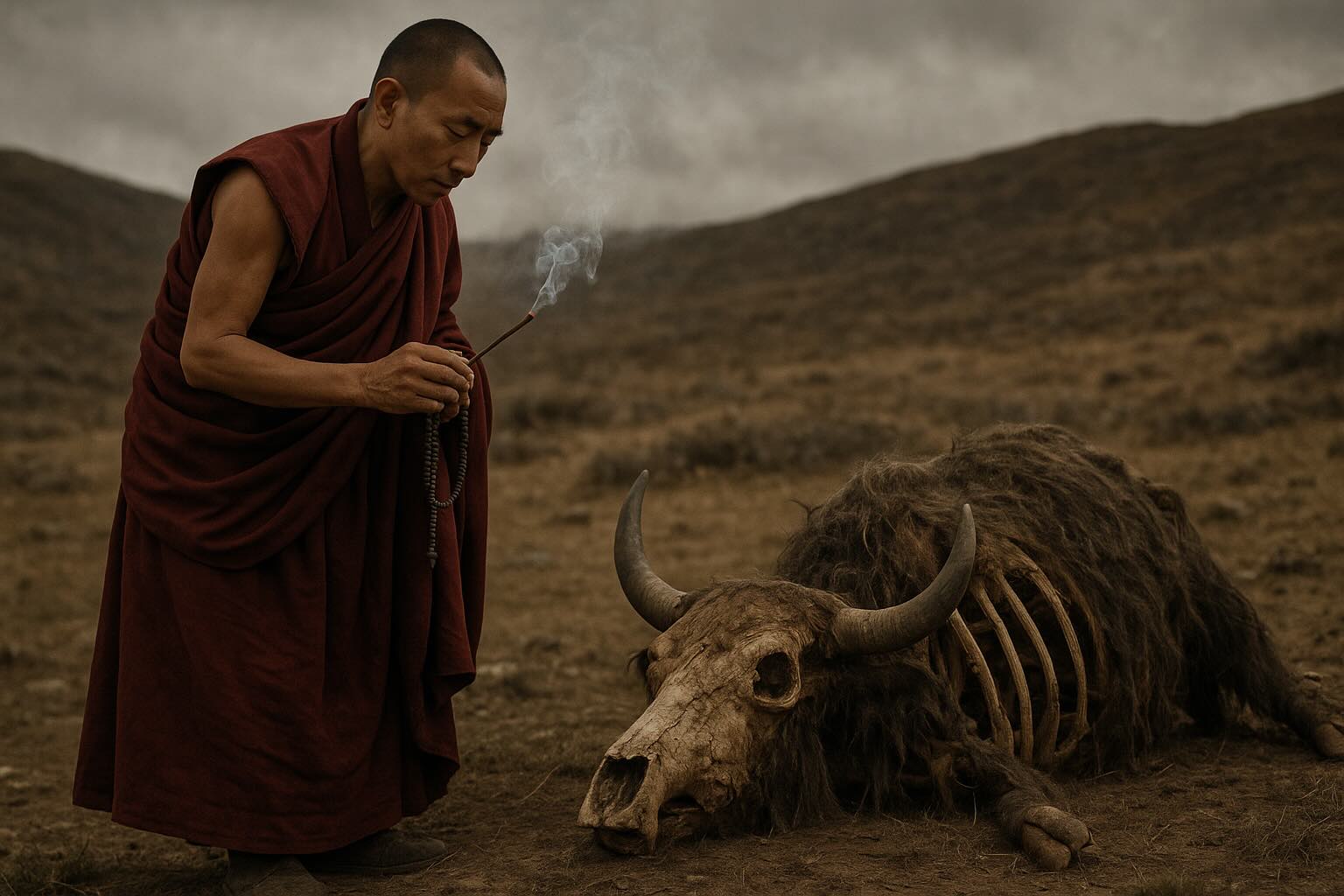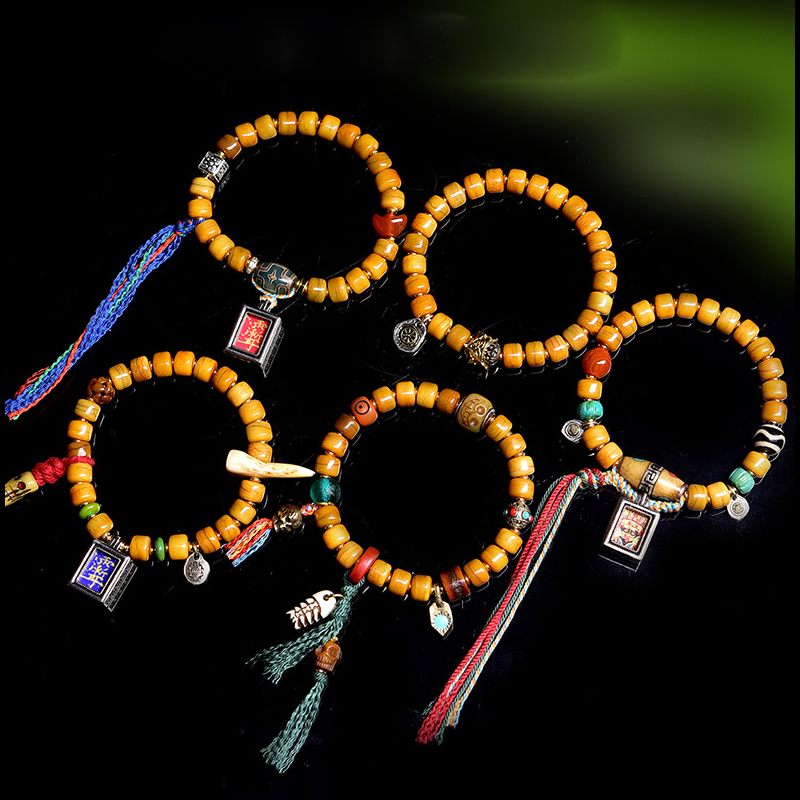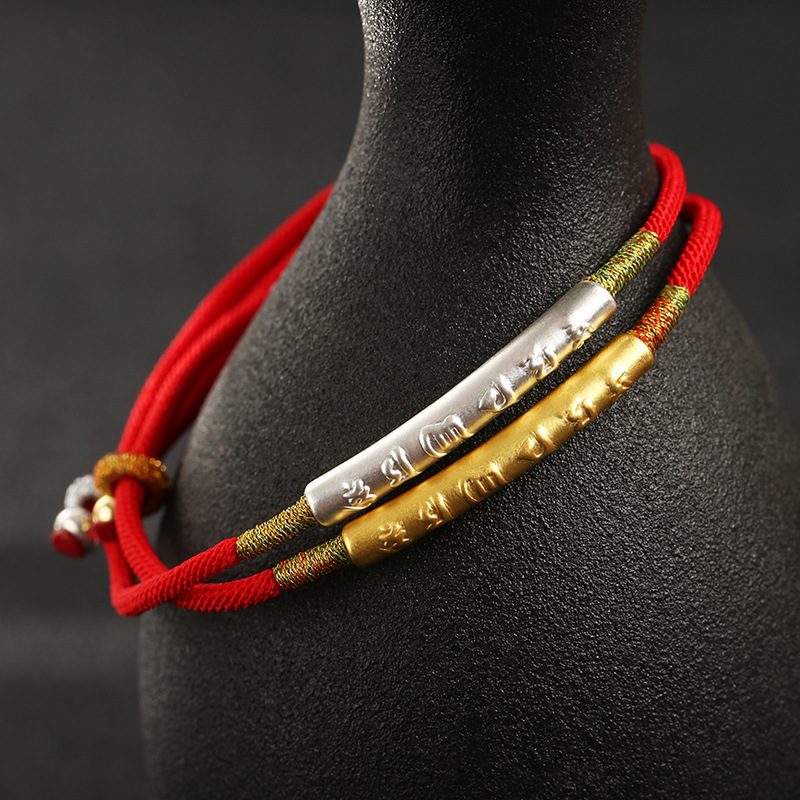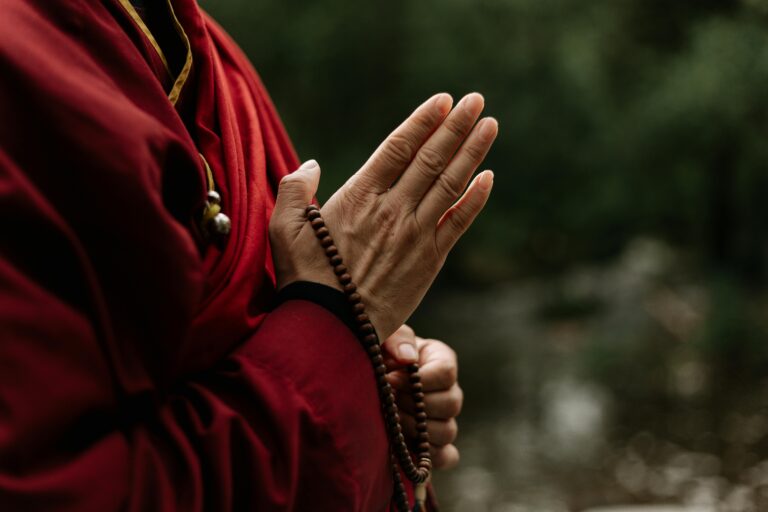7 Amazing Himalayan Yak Bones Sacred Uses
In this article
- 1 Introduction
- 2 The Sacred Significance of Himalayan Yak Bones
- 3 Traditional Uses in Tibetan Ornaments and Jewelry
- 4 Ritual and Ceremonial Applications
- 5 Cultural and Social Significance
- 6 Spiritual Properties and Beliefs
- 7 Modern Adaptations and Global Appreciation
- 8 Sacred Acquisition: Traditional Methods and Spiritual Rituals
- 9 Caring for Yak Bone Ornaments
- 10 Conclusion
Introduction
High in the majestic Himalayan mountains, where the air is thin and the landscape rugged, the mighty yak has been the cornerstone of Tibetan civilization for millennia. Beyond providing milk, meat, and transportation, these hardy animals contribute something equally precious to Tibetan spiritual and cultural life – their bones. Himalayan yak bones serve as sacred materials for creating ornaments, jewelry, and ritual artifacts that hold profound meaning in Tibetan Buddhist traditions. For centuries, Himalayan yak bones have been transformed into powerful spiritual tools, with artisans crafting these sacred Himalayan yak bones into meaningful ornaments that connect wearers to ancient wisdom.
 The Sacred Significance of Himalayan Yak Bones
The Sacred Significance of Himalayan Yak Bones
In Tibetan culture, Himalayan yak bones are far more than mere decorative materials. They represent a deep spiritual connection between the living and the natural world, embodying core Buddhist principles that guide daily life and religious practice. These sacred Himalayan yak bones carry profound meaning that has been preserved through generations of Tibetan practitioners.
Symbols of Impermanence and Life’s Transient Nature
Tibetan Buddhist bracelets crafted from yak bone serve as tangible reminders of impermanence and the transient nature of life. This fundamental Buddhist concept, known as “anicca,” teaches that all things are temporary and constantly changing. When Tibetans wear yak bone jewelry, they carry with them a constant reminder of life’s fleeting nature, encouraging mindfulness and spiritual awareness in their daily activities.
Connection to the Cycle of Life and Death
This piece represents impermanence, and the cycle of birth and death – two things that hold great significance in Tibetan Buddhism. The use of yak bones in ornaments reflects the Buddhist understanding of samsara – the continuous cycle of birth, death, and rebirth. Rather than viewing death as an end, Tibetan culture sees it as a transformation, making yak bone artifacts powerful symbols of renewal and spiritual progression.
Traditional Uses in Tibetan Ornaments and Jewelry
Mala Beads and Prayer Accessories
Tibetan yak bone mala and similar items are a way to show appreciation for the multitude of valuable resources the animal brings to the Tibetan people. Mala beads made from Himalayan yak bones are particularly significant, as they combine the practical aspect of prayer counting with deep spiritual symbolism. Buddhist rosaries have 108 beads, made of tulasi, or basil (in Vaishnavism), of lotus seeds or small bones (in Shaivism), and Himalayan yak bones represent one of the most revered materials for this purpose.
Protective Jewelry and Amulets
Yak Bone: Revered in Tibetan culture, yak bone is believed to offer protection, grounding, and spiritual strength. Tibetan artisans craft various forms of protective jewelry from Himalayan yak bones, including bracelets, necklaces, and amulets. These pieces are worn not merely for aesthetic purposes but as spiritual shields that protect the wearer from negative energies and harmful influences. The natural properties of Himalayan yak bones make them ideal materials for creating powerful protective ornaments.
 Sacred Symbols and Mantras
Sacred Symbols and Mantras
Many of the Tibetan silver bracelets are carved with the six-syllable mantra (“Om Mani Padme Hum“), which in Tibetan Buddhism is believed to have the ability to eliminate disease, fear of death, prolong life and increase wealth. Himalayan yak bones ornaments often feature carved sacred symbols, mantras, and Buddhist iconography, transforming simple accessories into powerful spiritual tools. The durability and sacred nature of Himalayan yak bones make them perfect for preserving these important religious inscriptions.
 Ritual and Ceremonial Applications
Ritual and Ceremonial Applications
Religious Ceremonies and Festivals
In Tibetan Buddhist ceremonies, Himalayan yak bones artifacts play crucial roles as ritual implements. These objects are consecrated by monks and lamas, imbuing them with spiritual power that enhances their effectiveness in religious practices. During important festivals and ceremonies, participants often wear Himalayan yak bones ornaments as expressions of their faith and cultural identity.
Meditation and Spiritual Practice
Yak bone prayer beads are essential tools for meditation and spiritual practice. As practitioners move each bead through their fingers while reciting mantras or prayers, the tactile sensation of the bone serves as a grounding element, helping to focus the mind and deepen the meditative experience. The natural texture and weight of yak bone beads provide a unique sensory connection that enhances spiritual concentration.
Offerings and Devotional Practices
Yak bone ornaments are sometimes used as offerings in Tibetan Buddhist temples and shrines. These gifts represent the giver’s respect for the natural world and acknowledgment of the interconnectedness of all living beings. The practice of offering yak bone artifacts demonstrates the Buddhist principle of generosity while honoring the animal that provided sustenance and spiritual materials.
Cultural and Social Significance
Markers of Identity and Status
In the Himalayas, jewelry has traditionally been indicative of the social status and political power of the wearer. Yak bone ornaments serve as markers of Tibetan cultural identity, connecting wearers to their ancestral traditions and nomadic heritage. The quality, craftsmanship, and symbolic elements of these pieces often reflect the wearer’s social position within the community.
Preservation of Traditional Craftsmanship
The creation of yak bone ornaments represents centuries-old craftsmanship traditions passed down through generations of Tibetan artisans. These skilled craftspeople employ time-honored techniques to transform raw bone into intricate works of art, preserving cultural knowledge and artistic heritage that might otherwise be lost to modernization.
Connection to Nomadic Heritage
Tibetan jewelry is more than just a fashion statement; it’s a reflection of the Tibetan people’s nomadic past and their deep-rooted spiritual beliefs. Yak bone ornaments embody the practical wisdom of nomadic life, where every resource was valued and utilized to its fullest potential. This connection to pastoral traditions maintains cultural continuity in an increasingly modern world.
 Spiritual Properties and Beliefs
Spiritual Properties and Beliefs
Grounding and Earth Connection
Many Tibetans believe that yak bone ornaments provide a strong connection to the earth element, offering grounding energy that helps stabilize emotions and thoughts. This earthing quality is particularly valued in meditation practice and daily life, helping individuals maintain balance amid life’s challenges and changes.
Protection from Negative Forces
Traditional beliefs attribute protective qualities to yak bone ornaments, particularly their ability to ward off evil spirits and negative energies. These protective properties are enhanced through consecration rituals performed by qualified lamas, who bless the artifacts with mantras and prayers.
Enhancement of Spiritual Awareness
Wearing yak bone ornaments is believed to enhance spiritual sensitivity and awareness, making the wearer more receptive to Buddhist teachings and dharma insights. This increased spiritual receptivity supports personal growth and development on the path to enlightenment.
Modern Adaptations and Global Appreciation
Contemporary Jewelry Design
Modern Tibetan artisans continue to innovate while respecting traditional methods, creating contemporary yak bone jewelry that appeals to both local and international markets. These adaptations maintain the spiritual essence of traditional pieces while incorporating modern aesthetic sensibilities.
Cultural Bridge Building
By wearing one of these bracelets, you’re not just accessorizing—you’re carrying a piece of Tibet’s spirit with you. Himalayan yak bone ornaments serve as cultural ambassadors, introducing people worldwide to Tibetan Buddhist philosophy and traditions. This global appreciation helps preserve and propagate Tibetan culture beyond its geographical boundaries.
Ethical Considerations and Sustainability
Contemporary use of yak bones emphasizes ethical sourcing and sustainability, ensuring that these sacred materials are obtained respectfully and without harm to living animals. This approach aligns with Buddhist principles of compassion and non-violence while maintaining cultural authenticity.
Sacred Acquisition: Traditional Methods and Spiritual Rituals
he acquisition of Himalayan yak bones follows deeply rooted ethical principles that reflect Buddhist values of compassion and reverence for all sentient beings. Unlike commercial harvesting practices, traditional Tibetan communities obtain yak bones only when animals die naturally from old age, illness, or harsh mountain conditions—never through intentional slaughter for bone collection.
When a yak passes away, the Tibetan community honors the animal’s life through sacred rituals performed by Buddhist monks or village lamas. These spiritual leaders conduct elaborate prayer ceremonies, reciting mantras and performing pujas (offering rituals) to guide the yak’s consciousness through the bardos (intermediate states) toward a favorable rebirth. The “Bardo Thodol” prayers are often chanted to ensure the animal’s peaceful transition and to express profound gratitude for its lifetime of service to the community.
During these consecration ceremonies, monks burn juniper incense and offer tsampa (roasted barley flour), butter tea, and prayer flags while chanting protective mantras such as “Om Mani Padme Hum.” This spiritual purification process transforms what might otherwise be considered mere animal remains into blessed materials imbued with sacred energy. The bones are not collected until after these rituals are completed, ensuring that every piece carries both spiritual blessing and cultural respect.
This traditional approach exemplifies the Buddhist principle of interdependence—recognizing that the yak’s physical form continues to serve the spiritual needs of the community even after death. By honoring the animal’s sacrifice through proper ritual observance, Tibetan practitioners maintain the karmic balance between taking and giving, ensuring that the use of yak bones remains aligned with dharmic principles of non-harm and gratitude.
Caring for Yak Bone Ornaments
Proper Handling and Storage
Yak bone ornaments require careful handling to preserve their integrity and spiritual significance. They should be stored in clean, dry places away from extreme temperatures and humidity. Regular gentle cleaning with soft, dry cloths helps maintain their natural luster and prevents deterioration.
Spiritual Maintenance
Beyond physical care, yak bone ornaments benefit from spiritual maintenance through regular blessing ceremonies and purification rituals. Many practitioners periodically take their bone jewelry to monasteries for re-consecration, renewing the spiritual energy embedded within these sacred objects.
 Conclusion
Conclusion
Himalayan yak bones represent far more than mere decorative materials in Tibetan culture. They embody profound spiritual concepts, connect wearers to ancient traditions, and serve as powerful tools for religious practice and personal growth. Whether crafted into prayer beads, protective amulets, or ceremonial ornaments, these sacred artifacts continue to play vital roles in preserving and transmitting Tibetan Buddhist wisdom.
As global interest in Tibetan culture grows, yak bone ornaments serve as tangible connections to this rich spiritual heritage. They remind us of the deep relationship between humans and nature, the impermanent nature of existence, and the possibility of finding profound meaning in the simplest materials. Through understanding and appreciating these sacred artifacts, we gain insight into one of the world’s most enduring spiritual traditions and the remarkable people who have preserved it for centuries in the roof of the world.
The legacy of Himalayan yak bone ornaments continues to inspire and guide spiritual seekers, cultural enthusiasts, and anyone drawn to the profound wisdom embedded in these humble yet powerful artifacts. In wearing or contemplating these pieces, we participate in a tradition that spans millennia, connecting us to the eternal principles of compassion, impermanence, and interconnectedness that lie at the heart of Tibetan Buddhist culture.
Related Reading:
Om Mani Padme Hum Significato: 7 Ultimate Meanings & Spiritual Powers


 The Sacred Significance of Himalayan Yak Bones
The Sacred Significance of Himalayan Yak Bones

 Spiritual Properties and Beliefs
Spiritual Properties and Beliefs Conclusion
Conclusion




